27 Feb Chomsky, Locke and Aristotle on Learning Language
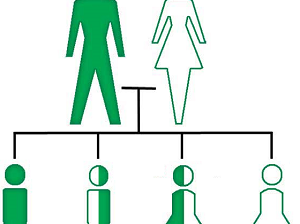
Inherited Abilities In systems design, there is a growing trend to “hard code” less into the system and leave more to be configured by the person or organization that is using the software. The growth of Rules and Workflow Engines that can be managed by non-technical users is prime evidence of this trend. And yet, the complex instruction […]
26 Feb Physiology of Learning to Generalize
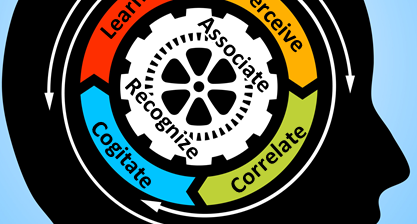
I began this blog heavily concentrating on the physiology of the brain, its cells and the way they interconnect. Learning and association are not dealt with much in those posts other than to describe ways in which the brain and its cells provide mechanisms for these activities. Many of the mechanisms of association are fairly clearly understood […]
25 Feb Discrimination, Association and Recognition
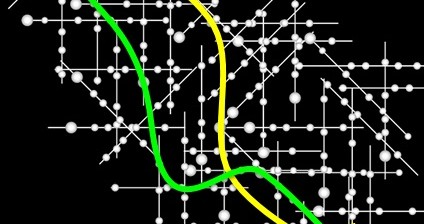
Discrimination Although discrimination has negative connotations, we do it every millisecond. We must discriminate between distractions and important information we see and hear. The environment is filled with ambient noise, sometimes so much so as to prevent understanding. Once we have filtered out the noise through discrimination, we must further discriminate between incorrect and correct interpretations of the […]
24 Feb Neural Network Perception
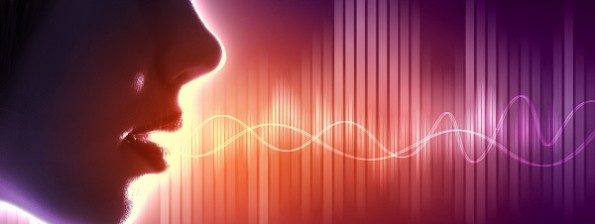
Feedback in Image Processing While the flow of electrical impulses in the brain triggered by visual stimuli travels sequentially through layers I then II then III of the visual cortex, this directional flow does not prevent impulses from other sources, including feedback loops within the visual cortex from contributing to our ability to process images. […]
22 Feb Understanding What we See

Many Japanese kanji characters (originally imported from China) are little pictures of things in the real world. For example 木 (ki) is a tree. You can see the trunk and the branches. By adding a line at the bottom 本 (hon), you get roots or origin. Put three together 森 (mori) and you have a forest. The symbol […]
21 Feb Pattern Recognition in Two Dimensions

Perceptual Grid We live in three dimensional space, and understanding three dimensions is critical to our ability to go places and do things, but we comprehend things in many dimensions. Our senses, however, tend to flatten things out. Images are projected on our light-sensitive retinas in exactly two-dimensional patterns. The rods and cones possess light-sensitive […]
20 Feb Learning Cause and Effect

Sparks of Kinesthesia When does a person begin to learn about the relationships between things that happen? Does the brain have an innate capacity to make the connections necessary to associate outcomes with catalysts? At what point does a person begin to learn that she or he can affect outcomes in the real world? One […]
19 Feb Dichotomy vs. Continuum
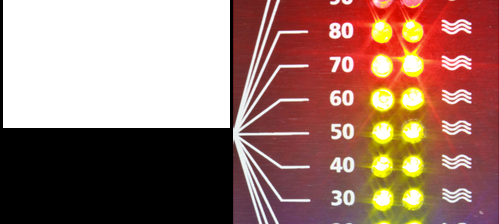
Consciousness, it appears from our recent discussion, is not an “on or off” proposition. We have subconsciousness, waking consciousness, consciousness during sleep, and so on. Before that we spoke of the yin and yang of perception and learning. Since the subject of this series is cybernetics, we shall diverge from our discussion of consciousness long […]
18 Feb Insanity, Perception and Consciousness
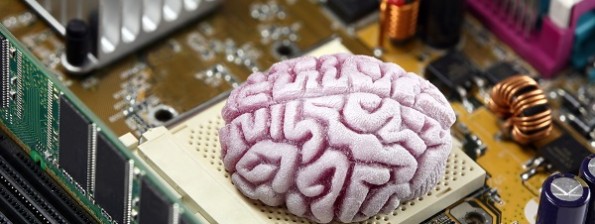
Have you ever heard voices, seen people and things others can’t see, perceived colors, sounds or sensations that weren’t really there? The human mind has amazing abilities, sometimes giving us more output than is present in the input. Is this insanity, creativity or a fluke? I can’t answer these questions in this blog, but as we […]





